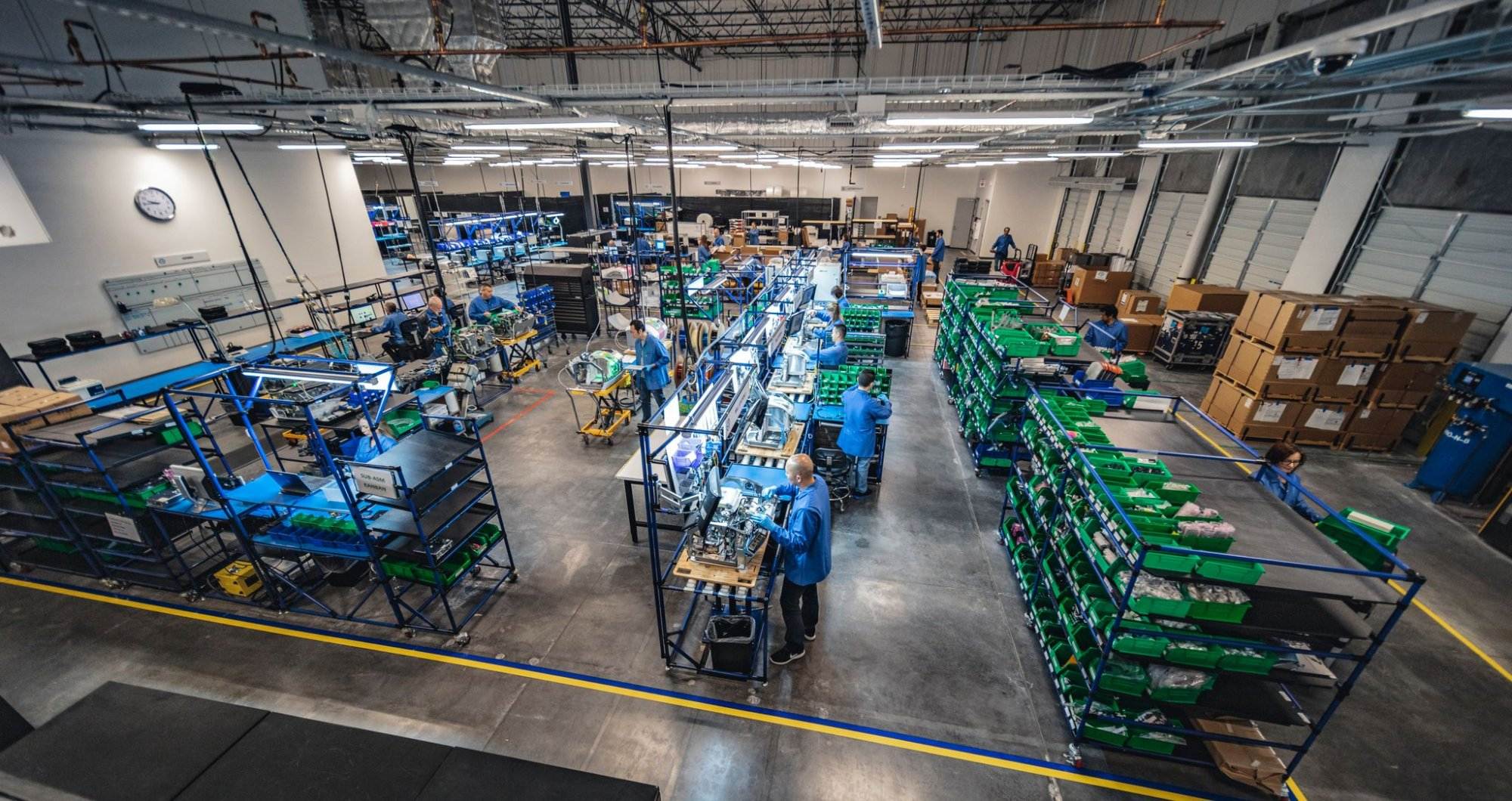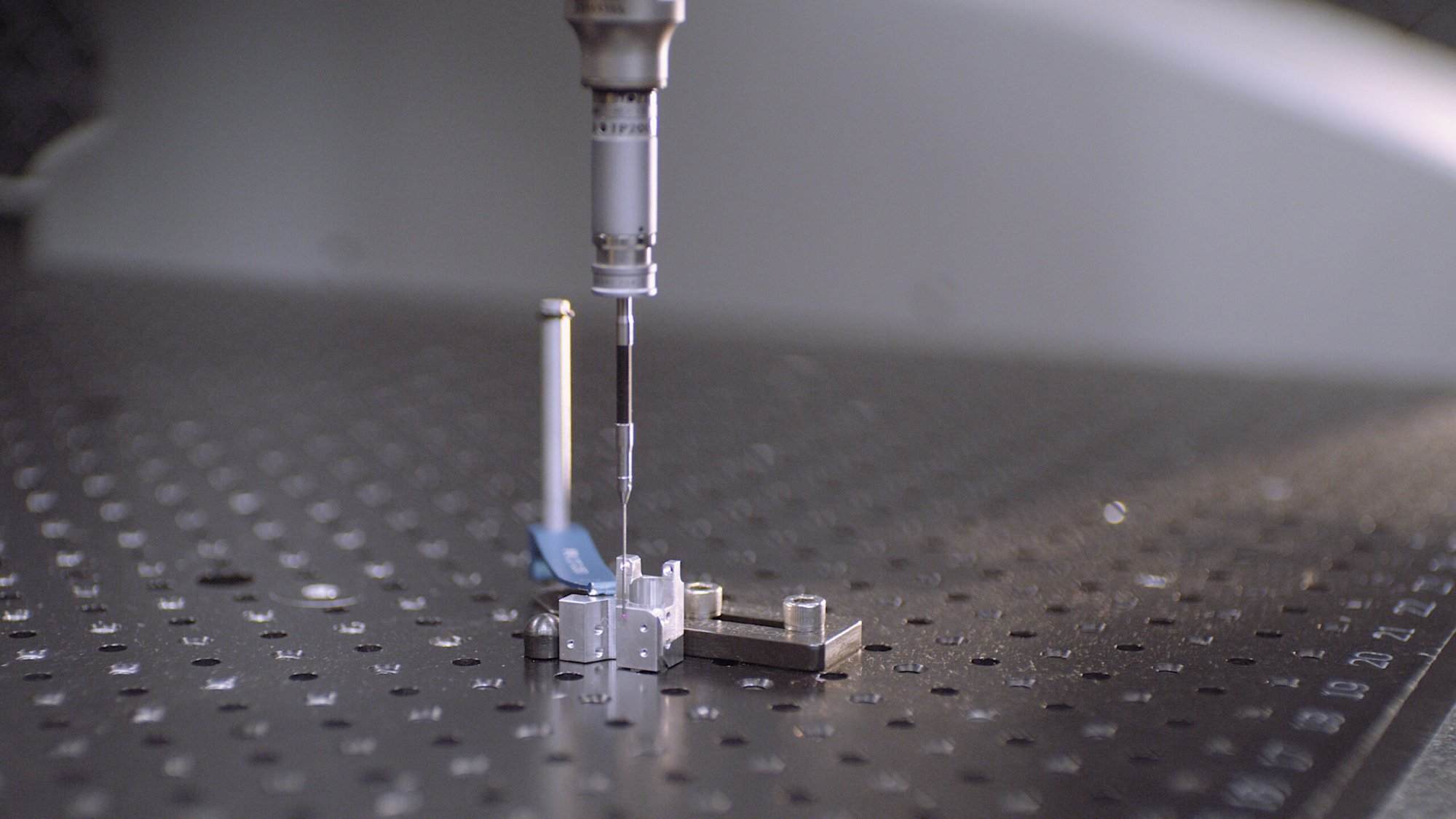Many people are worried about the COVID-19 impact on technology and the global supply chain. Will the global supply chain have to shrink in order to get stronger? Can we expect to see a change in technology logistics and the global economy coming out of Coronavirus regulations? We sat down with Tammi Carter and Brett Hetherington to provide our industry with insight, personal experience, and analysis of the logistics in technology after the dust settles with COVID-19. Here’s a fireside chat with E4D Technologies about the supply chain:
What Are the Flaws the Pandemic Exposed in The Global Supply Chain?
“Countries around the world addressed the pandemic in different ways. While some countries remained relatively open, others suspended production until they could safely address how to keep their employees safe. How were people going to work at their job without exposing themselves or others to COVID-19? In some cases, governments responded by placing tight restrictions on workers and even forced some manufacturers and suppliers to close their doors for an undetermined amount of time. Regretfully for some companies, this was too big of an impact and they have closed their doors for good. – Tammi Carter
“Coming out of the pandemic, many companies have had to face the harsh reality of relying too heavily on a sole source supplier. Those companies who had already reviewed their supply chain and eliminated much if not all of the sole source components, the impact of COVID was significantly less harmful.
Another element that protected companies was their scalability. As competition increased, and pressure for the existing and remaining suppliers increased in areas of COVID support. Without having the proper infrastructure for documentation, procedure, and training, companies who could still function within government regulations still faced the challenge of being understaffed and ill-prepared to train the number of workers needed.” – Brett Hetherington
What Have Companies Learned about Being Flexible and Agile?
“As people began to rush to stores to pick-up essentials, the global economy was in a crisis to continue to supply consumers with goods and services. Many businesses realized the importance of infrastructure and logistics in order to keep their customers happy while managing to stay operational. Properly scaling a business up became a necessity, but also effectively scaling a business down was equally crucial in specific industries. With a lack of supply and demand, how can you manage to stay operational? Companies not only had to find a way to cut costs, but they also needed new sources of income. One of the biggest challenges in many business structures and systems was the lack of training, documentation, testing, and discipline in their field. While some companies could handle the drastic change, others went out of business because they couldn’t ramp up or ramp down production due to a lack of organization.” – Brett Hetherington
“The supply chain also faced a challenge with logistics. Not only from the standpoint of having a sole supplier but also from the perspective of audits and inspections. How could you continue to perform the standard supplier audits when global travel was largely banned? Companies that had strong suppliers and a strong existing quality system found transferring to a virtual audit and review relatively simple. However, if none of that infrastructure existed, then it became a real test of trust between the client and the supplier. In some cases, to add additional suppliers or to eliminate the need for global travel, some companies have considered adding additional domestic suppliers..” – Tammi Carter
How Will the Supply Chain Look Coming Out of the Pandemic?
“There is no doubt that there will be fewer players in almost every industry. In [our] opinion, there won’t be drastic changes to how the global supply chain functioned before the pandemic. Ultimately, the world is too interconnected. It would be difficult to quickly change how it operated for decades before this point. We will see companies doing a thorough analysis of the supply chain and look for opportunities to dual-source and, as much as possible, source domestically. ” – Tammi Carter
“We do think that companies like E4D who are not able to do the majority of the work at home, will adapt lessons learned from this pandemic as it relates to keeping employees healthy at work. We would anticipate physical layouts of factories to take social distancing into consideration where possible. Wearing masks and some safety procedures will likely stay to protect workers from team members exhibiting cold or flu symptoms. More than likely, people will continue to wear masks when feeling ill, cleaning habits will stay in place, and we may even see an impact on factories’ design and layout.” – Brett Hetherington
What Will E4D Look Like After the Pandemic?
“As an essential business, E4D was open to support our healthcare professionals. We definitely experienced a slow down in some market segments while others grew exponentially. We attribute our abilities to our reliance on our strong quality systems and our flexible and creative team. We were able to function because we successfully ramped up our systems while simultaneously scaling down other areas of our business. Our documentation, training, procedures, testing, and discipline allowed us to keep our team on the manufacturing floor while supplying our customers with their orders. Some aspects of our company had to change, and with every change, we were transparent and honest with our team to make sure everyone was on the same page. E4D Technologies is more experienced, knowledgeable and agile than ever before. We couldn’t have done it without our fantastic team, and we’re so grateful to still be here today. Our process, development and company culture kept us moving forward even during the difficult moments.” – Tammi Carter
Ready to partner with E4D for manufacturing or design? Our advanced experience in technology design, manufacturing technology and logistics in technology can help your business achieve all of your goals. All aspects of our company work under one roof so that you can access all of our unique technological disciplines. If you’re ready to hear what we can offer your business, we want you to contact us today.
Photo Sourced from E4D Technologies


